As the school year begins, so does the Dignity in Schools and Opportunity to Learn Campaigns' "Solutions Not Suspensions" initiative to combat the dramatic racial disparities in school punishments. In schools across the country, youth of color are arrested more aggressively, tried more severely, and sentenced more harshly than white youths. The ACLU's Racial Justice Program calls this national trend the "school to prison pipeline," though The Children's Defense Fund believes life chances dwindle even before the classroom - at the cradle. By adopting more constructive disciplinary policies, the campaigns reason, schools can interrupt the criminalization of youth, combat the persistent achievement gap, and steer children away from an unforgiving justice system. As the school year begins, we should question why we readily discard so much human potential, funneling some children into prisons while redeeming others, considering some children 'pranksters' and others 'criminals.'
In June, the Department of Justice reported violations of the constitutional rights of African American children and children with disabilities in Meridian, Mississippi. In their letter of findings, the Department of Justice writes that "[t]he children expelled and suspended...are almost exclusively black children." This is not solely a problem for the Magnolia state. Last month, the Civil Rights Project published "Opportunities Suspended: The Disparate Impact of Disciplinary Exclusion from School." Across the nation, they found that one of every six black students in K-12 had been suspended from school compared with only one of twenty white students. Even worse, if you were a black student with a disability, your chances of suspension from school were one in four.
But school suspensions are only the start of the story, the gateway to the criminal justice system for many youth of color. In 2009-2010, more than 70 percent of school referrals to law enforcement involved black and Hispanic kids, according to the Office for Civil Rights. Once arrested, these juveniles are disproportionately transferred to adult court. In fact, the W. Haywood Burns Institute showed that youth of color represent a staggering 90 percent of cases transferred to adult court. Once there, according to their study, African American youth are 18 times more likely to receive a sentence of life in prison without parole than white youth. These disparities exist throughout the nation. In Virginia, black youths are 1.5 times more likely to be detained by police and placed on probation than white youth, according to recent research from the University of Virginia. Last year in Georgia, 63% of all children sent to the Department of Juvenile Justice were black. In Connecticut, children of color make up nearly two-thirds of all kids charged with a crime. Racial disparities in juvenile justice are a national tragedy.
Why do we punish children of color so harshly, when, after all, they are just children? Recently, Aneeta Rattan, Cynthia S. Levine, Carol S. Dweck, Jennifer L. Eberhardt took on this question in their paper, "Race and the Fragility of the Legal Distinction between Juveniles and Adults." Knowing white people continue to be overrepresented in juries, they asked a final sample of 658 white Americans to judge the constitutionality of a non-homicide Supreme Court case. The offender was described as "a 14-year-old male with 17 prior juvenile convictions on his record who brutally raped an elderly woman." There was one manipulation. Sometimes the offender was described as white, sometimes black. What did they find?
In the present study, simply bringing to mind a Black (vs. White) juvenile offender led participants to view juveniles in general as significantly more similar to adults in their inherent culpability and to express more support for severe sentencing.
Their study helps us understand sentencing disparities in actual courts. For example, Kareem L. Jordan and Tina L. Freiburger showed that, if transferred to adult court, black juveniles receive harsher sentences than whites. Though childhood is associated with an age of innocence for whites, it is not for blacks, who tragically bear the burden of racial bias before they're even old enough to drive.
Harsh disciplinary practices in schools create criminals, rather than mold students, by separating them from classrooms and, often, entering them into the full force of the juvenile justice system. "The harsh discipline policies now in place around the country do not make schools safer nor improve academic achievement," Jermaine Banks, a student organizer with Power U Center for Social Change, told Tim Walker for NEA Today, "but instead feed the school to prison pipeline." We have known for some time that poverty, low supervision, and social disorganization are risk factors that push children into the prison system. Going to school should not further increase this risk, it should eliminate it, and for all children.
